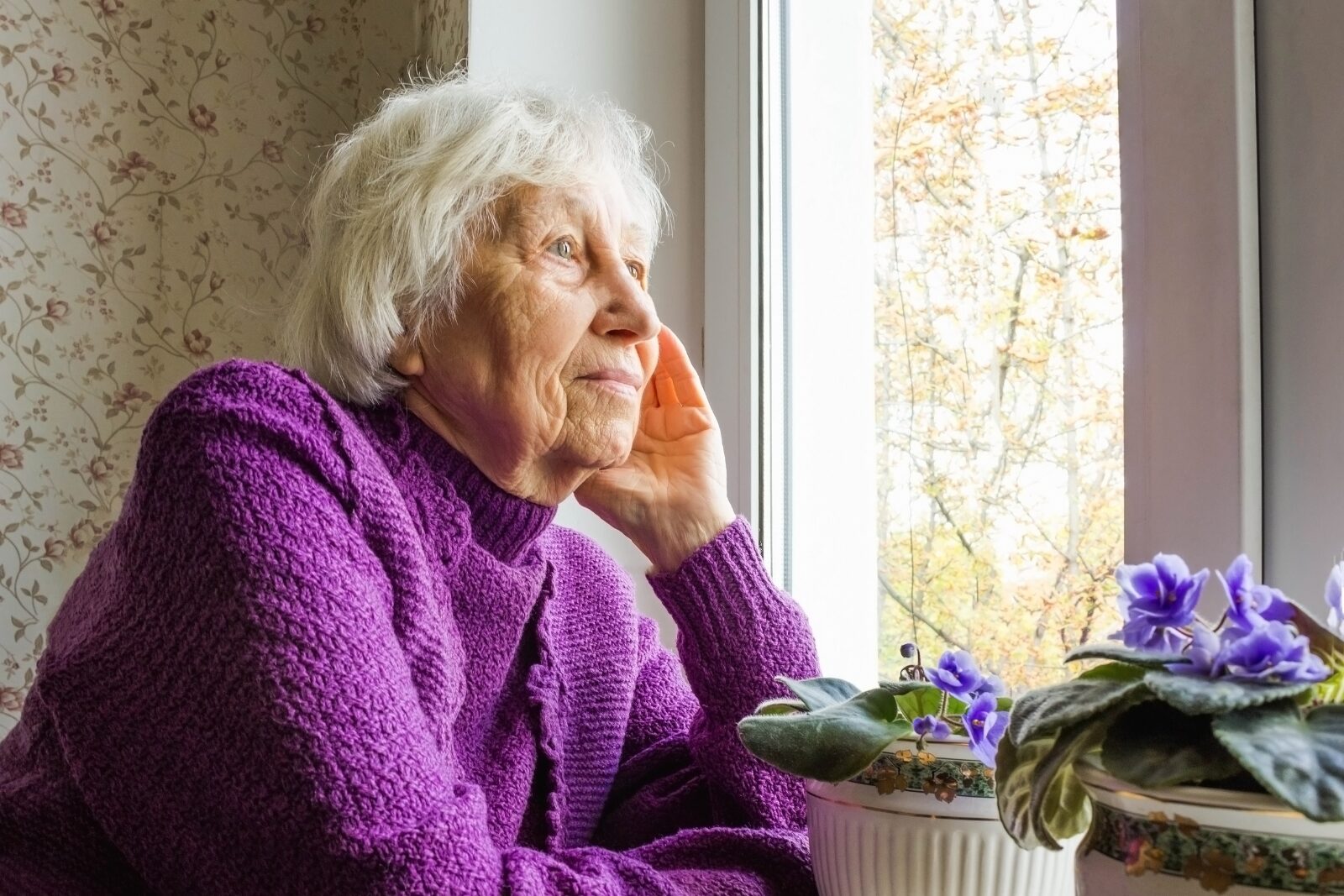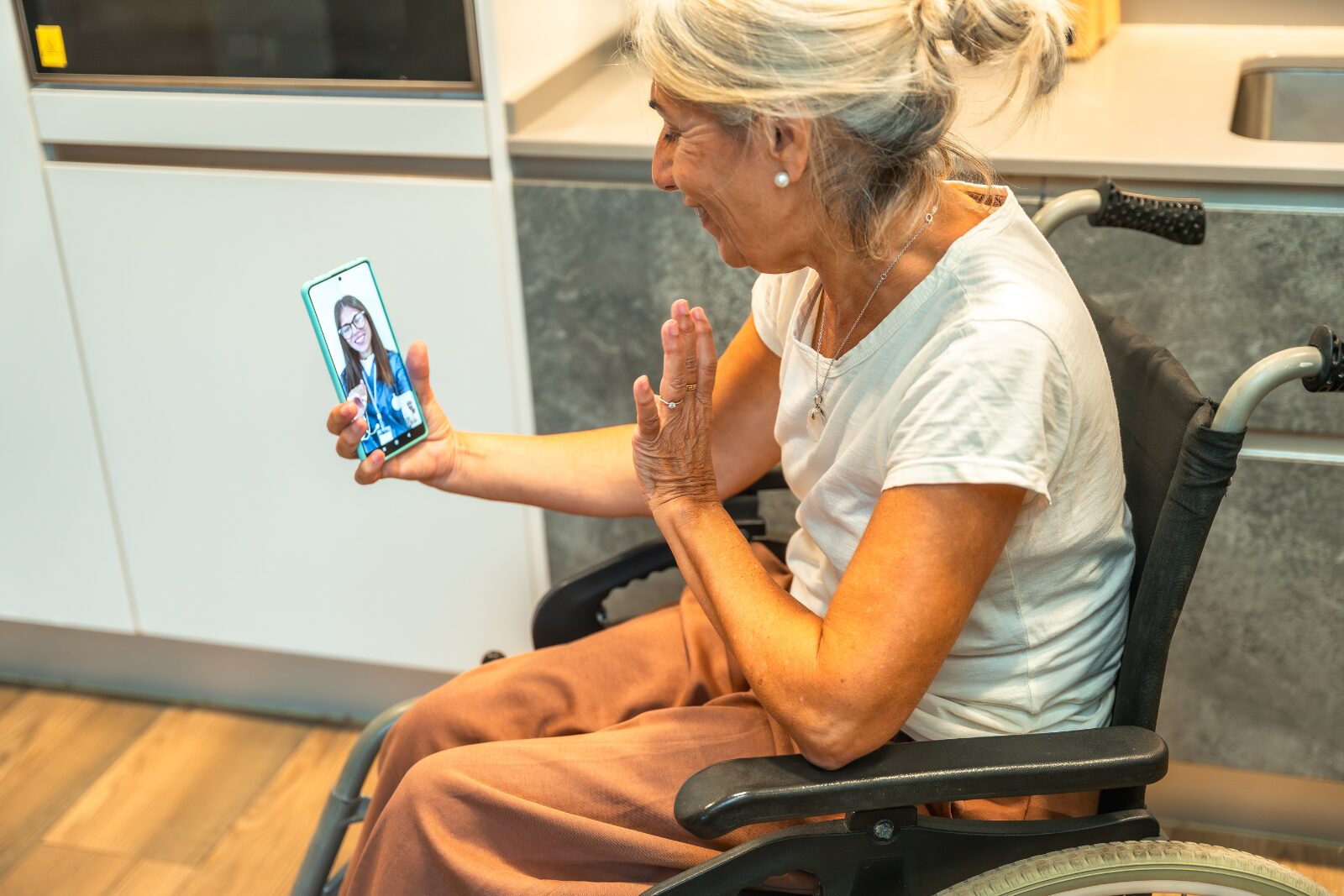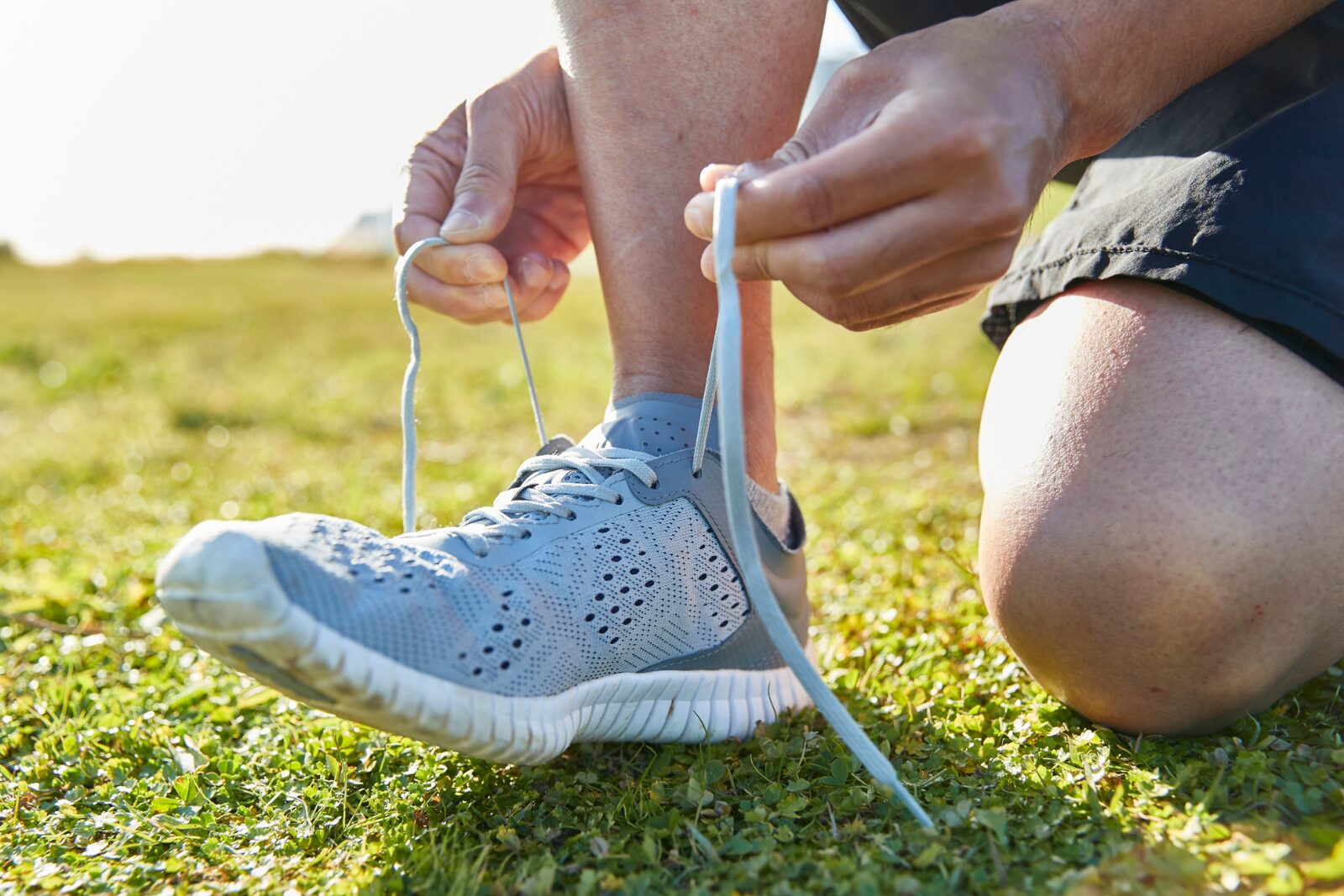Loneliness is more than just a feeling, it’s a serious health concern, especially for older adults. Research shows that social isolation can impact physical health, mental wellbeing, and even cognitive function. While there’s no single solution, physical activity has been shown to help reduce loneliness and improve overall quality of life.
How Loneliness Affects Health
Loneliness isn’t just emotional. It can lead to:
- Increased risk of depression and anxiety
- Higher blood pressure and heart problems
- Weakened immune system
- Declines in mobility and physical strength
Older adults who feel isolated may also be less motivated to stay active, which can create a cycle of inactivity, poor health, and further social withdrawal.
Physical Activity as a Tool Against Loneliness
Engaging in regular movement isn’t just good for the body — it’s also beneficial for the mind and social wellbeing. Here’s how:
- Structured group activities: Joining classes like yoga, tai chi, or gentle exercise groups can provide social interaction and create a sense of community.
- Outdoor activities: Walking in parks, gardening, or community gardening programs allow older adults to meet others in informal, low-pressure settings.
- Partner or buddy exercises: Exercising with a friend or family member increases accountability and provides companionship.
- Community programs: Local senior centers or community gyms often offer programs designed to combine physical activity with social engagement.
Additional Benefits
Physical activity can also improve balance, strength, and mobility — which helps older adults feel more confident and independent. When combined with social interaction, it strengthens both mental and physical wellbeing.
Tips to Get Started
- Start small: Even 10–15 minutes of walking or stretching each day can help.
- Mix social and physical activity: Look for classes or clubs that combine movement with interaction.
- Set realistic goals: Focus on enjoyable activities rather than high-intensity workouts.
- Be consistent: Regular movement, even at low intensity, helps maintain routines and connection.
Takeaway:
Loneliness in older adults is a serious health concern, but physical activity can be a powerful tool to combat it. By staying active, joining group activities, and engaging with the community, older adults can improve both their physical health and social wellbeing. Movement isn’t just exercise — it’s connection, confidence, and a step toward a happier, healthier life.



